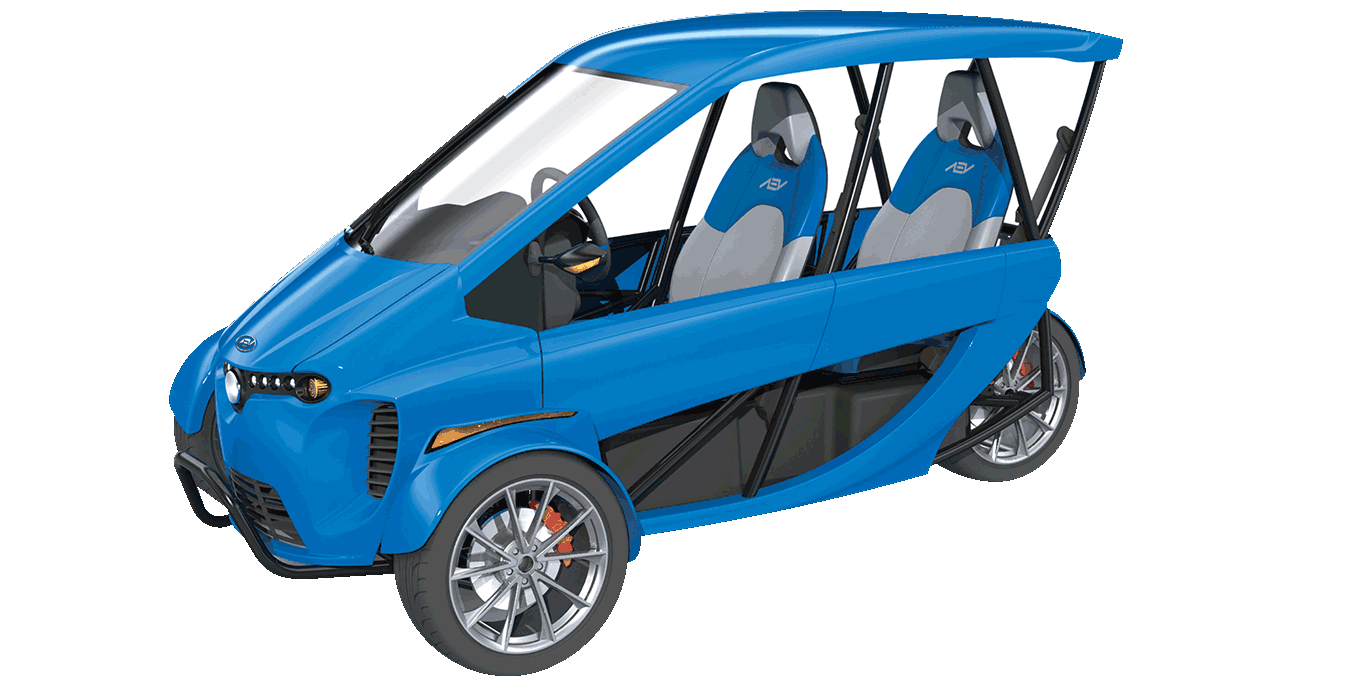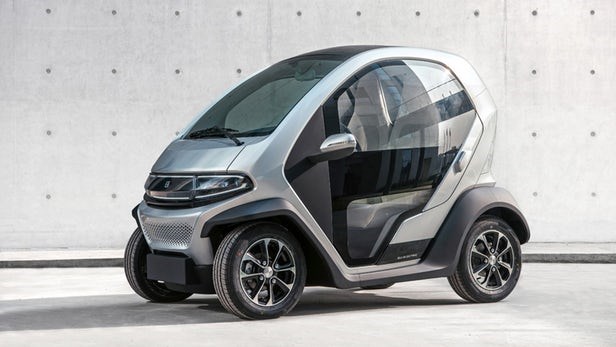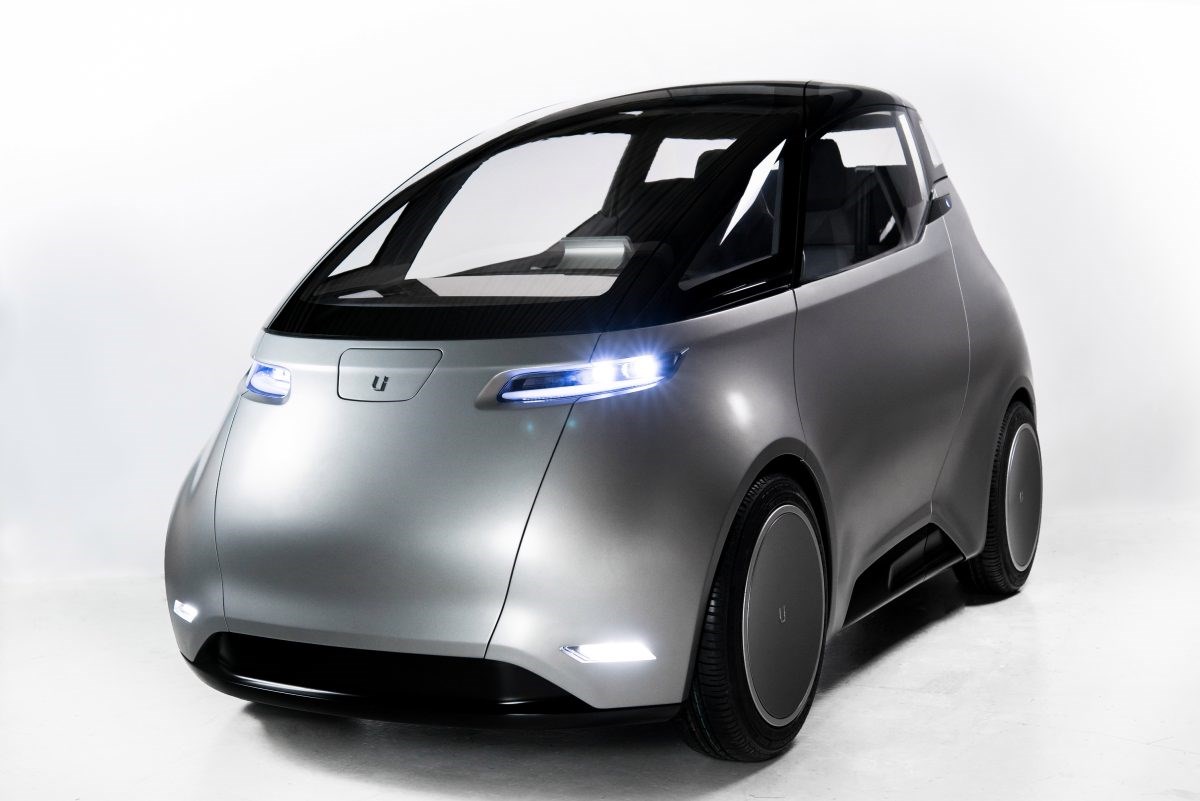Much is being made these days over what is considered to be the future urban mobility transformation, featuring on-demand vehicles, possibly of the autonomous, self-driving type, ride-sharing systems, and, of course, electricity as the principal fuel. The urban mobility transformation movement has spawned international conferences, engineering consulting firms, think tanks, and university research centers around the world.
Urban complexity vs. Planned Development Communities
An example of just one of the international transportation forums on tap is the Future of Transportation World Conference in Cologne, German, to be held on June 19 and 20.
Here is the urban challenge, as stated in the preamble to the conference program:
New technology such as autonomous and self-driving vehicles, artificial intelligence and connected services will create new forms of personal mobility, ride-sharing platforms, public transport solutions and completely new urban mobility concepts such as urban air transport solutions.
The introductory conference note goes on to ask,
How will these new and existing mobility models integrate into cities of the future, and how will city administrators work with mobility providers, technology companies and public transportation operators to integrate their services into the existing infrastructure?
The issues raised above are complex indeed, largely, when you think about it, because cities all over the world are not fully planned. The emphasis is on “fully” for as we certainly know, there are untold numbers of urban transportation construction projects going on today that, obviously, have been planned. The issue is that, invariably, these planned projects are undertaken in reaction to unanticipated problems that, in fact, were not planned for.
Planned development communities: Far more fully planned
Take your typical gated community: It is far more fully planned and sustainable than your typical city. Most of these communities have well-laid out roadways, easy access to needed services (library, recreational, entertainment, medical, etc.), and conveniently-located retail centers. Population density is such that personal mobility transportation systems suffice. Our golf car-type vehicles do very nicely for the most part in providing us our personal mobility needs. That is not to say that some of the new technologies mentioned above would not be welcomed, such as reliable self-driving vehicles (either owned or on-call), ride-sharing, and even public transportation solutions that better link us to the outside-the-community world.
The Future of Transportation World Conference puts it this way: “The…Conference
will examine MaaS (acronym for Mobility as a Service) and what it means to all current mass-transportation providers, automotive manufacturers, rail operators, taxi firms, new mobility providers and small-scale private providers of last-mile transportation operations of the future. The challenges of integrating and regulating so many forms of transport and so many providers will be significant…” So, why not simplify things, especially since so many of these technologies are in their infancy?
Gated communities as ideal incubators for mobility concepts
Gated communities could be the ideal laboratory for experimenting with diverse mobility concepts. How about a fleet of self-driving on-call neighborhood electric vehicles, for example? Such a fleet could be of great value to older residents, or handicapped individuals, dependent on others to drive them about. At the same time, autonomous vehicle technology from sensory and actuator systems to software could be tested and refined in a less-demanding environment than that of a high-traffic, city street or highway.
It should be noted that this sort of testing would not only focus on mechanical functioning, but also have the benefit of gathering data on user reactions. So often, when a product is in development, the ingenuity of the functioning parts and achievement of operating objectives completely overshadows research into the market to see whether consumers really want the product.
Versatility vs. specialization
When it comes to mobility solutions and what consumers want, there is the ever-present tug-of-war between versatility of use and specialization. Our on-road vehicles have loads of versatility. They can go considerable distances, are usable under all manner of climatic conditions, and can navigate a wide range of terrain from highways to unpaved thoroughfares. Several problems arise as a by-product of their use, however: most are large, clogging highways and using up parking spaces, they cause thousands of injuries and fatalities each year, and they are polluting. These are precisely the issues that all these future transportation systems are involved with and which the Maas concept is addressing.
A golf car-type vehicle, by contrast, has none of these by-product drawbacks, but it lacks versatility of its on-road brethren. Two things have to happen to the golf car-type vehicle to make up for the lack of versatility and the avoidance of the drawbacks of the on-roads. The keyword is modification. Here are some examples that move the versatility factor forward.
AEV Technologies—the 311: Commuter focus, campus, community and cross-town travel

AEV Technologies 311 Commuter CarThis is an electric drivetrain, tandem two-seater, capable of 50+ miles on a charge and speed of up to 50 mph. It benefits from being classified as a motorcycle in most States, because of its three-wheel design. AEV Technologies is a U.S.-based manufacturer, headquartered in Austin, TX. The base model goes for just under $10K, and features front wheel drive, A-arm front suspension, automotive steering and controls, LED lighting with turn signals, and it comes with a fully-enclosed cabin for all-season driving and comfort.
Eli Electric Vehicles, Inc.—The Eli Zero

The Eli ZeroThe company, which is co-headquartered in Long Beach, CA and Beijing, China where the vehicles are manufactured, is now taking reservations for the Eli Zero. The plan is to deliver the first 100 vehicles by the end of 2018. The first 100 customers reserving a vehicle will receive a discount of $2,200 off the expected MSRP of $9,900 to $10,900.
The vehicles are targeting the urban mobility space. The base model is expected to have a 55-mile range and the Plus model with a larger battery will have an 85-mile range. The Eli Zero will be using Samsung 18650 lithium cells in the battery pack. Like all NEVs the top speed is limited to 25 mph.
The vehicle is powered by a 6.0 or 8.3 kWh, 48-volt AC power and drive system with regenerative braking. Doors made from a single sheet of thermoplastic-reinforced tempered glass, allowing maximum vision. The vehicle is equipped with LED lighting with turn signals. There is limited storage space behind the two, side-by-side seats.
The Uniti One from Sweden

The Uniti One from SwedenThe vehicle employs a 22kW lithium-ion battery, with a range of 200 kilometers (125 miles) on a single charge. As yet there are no other performance figures from Uniti, but the company states that using Uniti's fast charger, the One can be charged from 0 to 90 percent in just 20 minutes, and a full charge will take 40 minutes. Using a standard wall charger will take about 3 hours to fully charge.
The vehicle One has no steering wheel, but rather, employs two joysticks instead to accelerate/decelerate and steer. A “proper” steering wheel is an option. The company also states that the One will have Level 4 autonomous capabilities, clearly making it a distinctive, cutting edge small vehicle. Uniti will be sold directly online and delivered to your door, or through consumer electronics retail environments. First deliveries are targeted for 2019.
While still in prototype stage and looking for investors, the company has, nonetheless, accomplished some important milestones. And the vehicle gives a strong flavor for what is coming down the pike in the not-too-distant future.
Ready to trade in your Club Car, E-Z-GO, or Yamaha PTV? Well, maybe not quite yet.